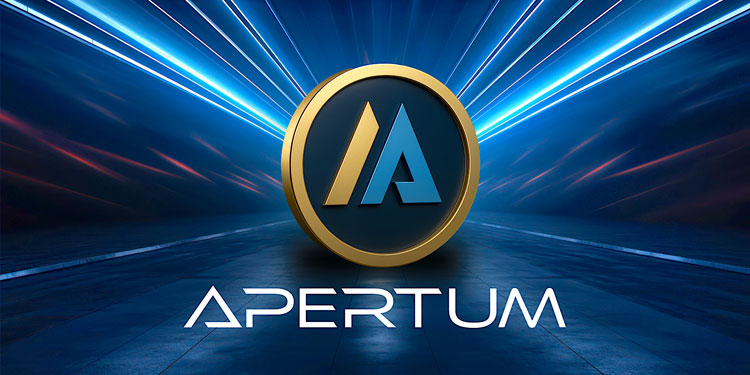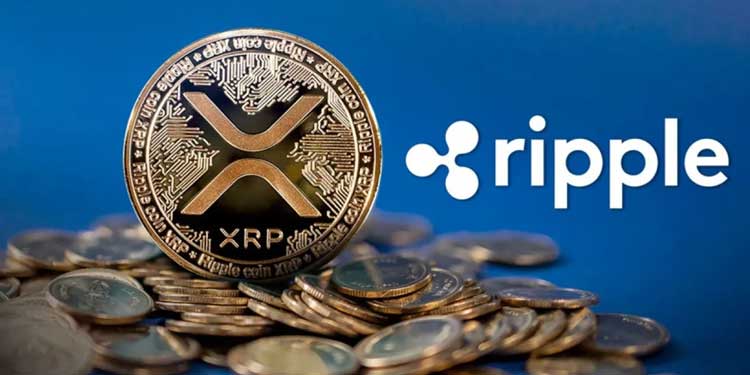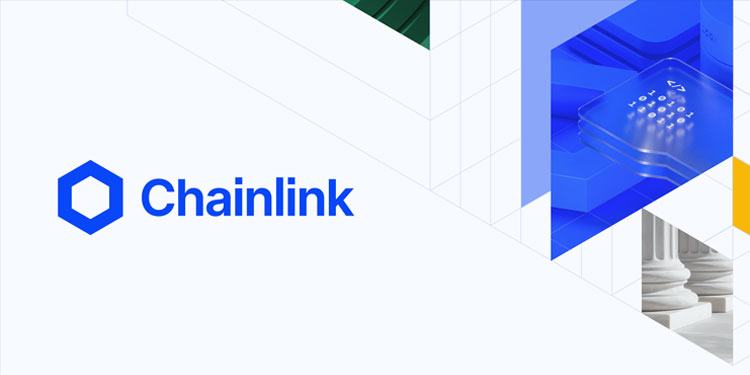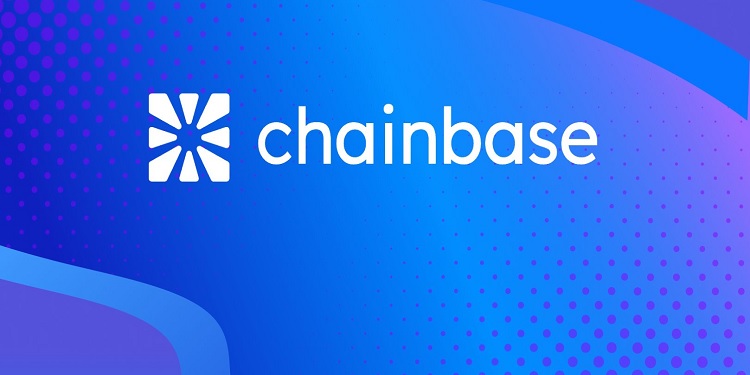Apertum has emerged as one of the most rapidly expanding communities within the blockchain space, following its official launch on January 30, 2025. In just its first quarter of operation, the network has demonstrated exceptional growth across key performance indicators, suggesting strong momentum and increasing developer and user interest.
Early metrics reveal a highly active ecosystem, with daily transaction volumes surpassing 11,000. Additionally, more than 270,000 wallet addresses have been created, and 197 smart contracts have been deployed on the platform since launch. These figures point to widespread engagement and a high rate of adoption, both from end-users and project developers.
Powered by a Dynamic DAO Community
A central driver behind this rapid expansion appears to be Apertum’s DAO1 community, which has shown strong levels of participation and support. Projects debuting on the Apertum network have reportedly attracted substantial liquidity within a short timeframe, often reaching hundreds of thousands of dollars within days of launch. This trend suggests growing confidence in the platform’s infrastructure and its ability to support vibrant, sustainable ecosystems.
The performance of Apertum’s native token, $APTM, further reinforces this sentiment. Initially introduced at a value below $0.025, the token has climbed steadily and was valued at $2.20 at the time of publication. This sharp upward movement reflects a significant rise in both investor interest and perceived market value, as the platform gains recognition for its capabilities and early successes.
Technical Foundation and Ecosystem Strength
Apertum operates as a Layer 1 blockchain subnet built on the Avalanche platform, offering compatibility with the Ethereum Virtual Machine (EVM). This technical foundation allows developers to build and migrate decentralized applications with ease while benefiting from Avalanche’s high-performance infrastructure. The network has been designed with scalability and security in mind, ensuring that as user engagement grows, system performance remains reliable and secure.
Another key element of Apertum’s architecture is its governance structure, which is managed through a decentralized autonomous organization (DAO). This model allows community members to participate in decision-making processes, shaping the future direction of the protocol in a transparent and democratic manner. In parallel, Apertum employs deflationary tokenomics to manage supply and encourage long-term value appreciation for $APTM holders.
Positioning for Long-Term Relevance in Web3
The confluence of high user engagement, strong developer interest, and community-driven governance has helped position Apertum as a standout network in the emerging Web3 landscape. Observers suggest that its early success could mark the beginning of a sustained rise, as more projects choose to launch on its platform and more users adopt its services.
As the blockchain space continues to evolve, Apertum’s combination of technical robustness, market momentum, and active community support may enable it to solidify its role as a significant player among next-generation decentralized networks. Industry participants will likely be watching closely to see how the platform matures over the coming quarters.








